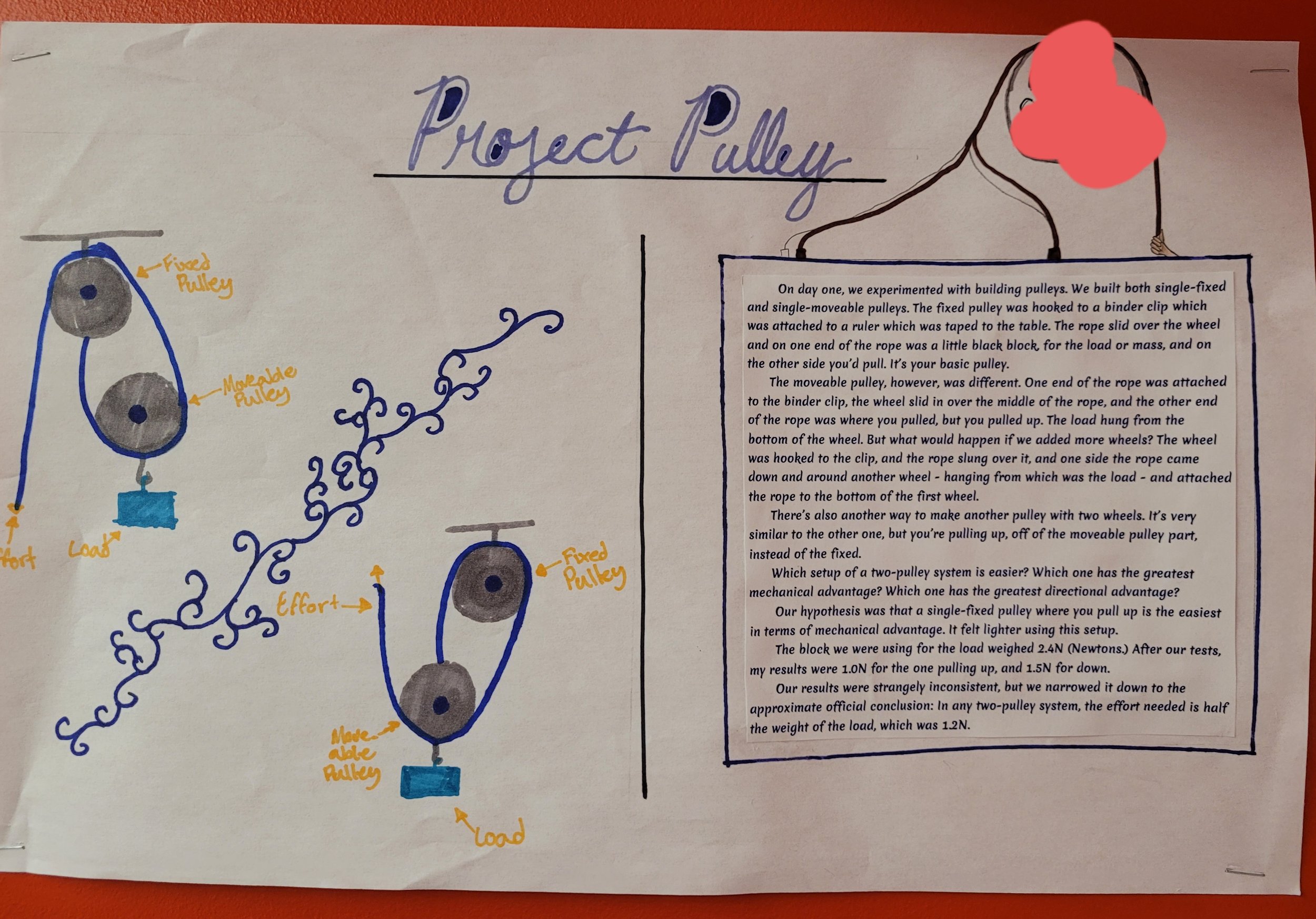Making Meaning in Math: An Interdisciplinary Approach to Mathematics
Many students think of math as just arithmetic or computation: the basic operations we do with numbers. While this is an important part of mathematics for elementary students, it can often be overemphasized in their learning. Having students experience how they can apply the concepts and skills they have learned to their daily lives, is far more enriching.
One way this can be achieved is through Interdisciplinary learning: instruction that incorporates content and skills across subjects. In interdisciplinary learning, teachers are intentional about crafting experiences that require students to draw upon different sets of knowledge, and to apply their ideas meaningfully. For math, this can often look like applying skills and larger understandings within a specific context.
Making Meaning Through Science
This year, I am focusing on an interdisciplinary approach in teaching Science to 5th graders. While this is an area where math is more obviously connected, students at the elementary level do not always know how to connect their math skills. They need opportunities to see explicitly how these two subjects are related.
In our study of simple machines, students have been measuring the amount of effort force needed to lift loads using levers and pulleys. To measure the amount of effort force being applied, students used spring scales to measure in Newtons. They looked for relationships between the effort force and load for different types of pulley systems, and made conclusions about the types of advantage the different pulley systems provided.
To apply the skills and knowledge they built in this study, I had students write articles about their experiments and discoveries. This was an opportunity for them to use what they have learned in reading, writing, math, science, and even art! The articles themselves were based on an outline students had to complete using their notes and lab data. This was a practice in summarizing with key details, by referencing texts. In the actual articles, students needed to convey the process of their experiments using the scientific method. They used math to explain the data they collected, and the relationships between forces in the pulley systems they tested. They concluded with general statements they could make about those relationships. Students also created or included labeled images that illustrated the pulleys they wrote about.
The math involved in their study of simple machines reflects our current math unit on factors and multiples. Students recognized that moveable pulleys have an effort force that is half of the load. They wrote formulas to show how the amount of force needed to lift a load using a compound pulley can be found by dividing the load by the number of pulleys being used.
These skills have proven helpful in supporting students’ multiplicative reasoning, and have given them a tangible experience in applying their knowledge. Even more exciting is that my students are becoming more invested in looking for patterns and relationships between numbers as a regular practice, inside and out of math class!
Taking an interdisciplinary approach to learning and instruction, helps to make the often abstract nature of math feel both real and useful to students. They are able to use their knowledge to create and make sense of things they can touch. Math becomes more than a series of numbers for students to compose and break apart -- instead they become a language to help make sense of the world around them.



